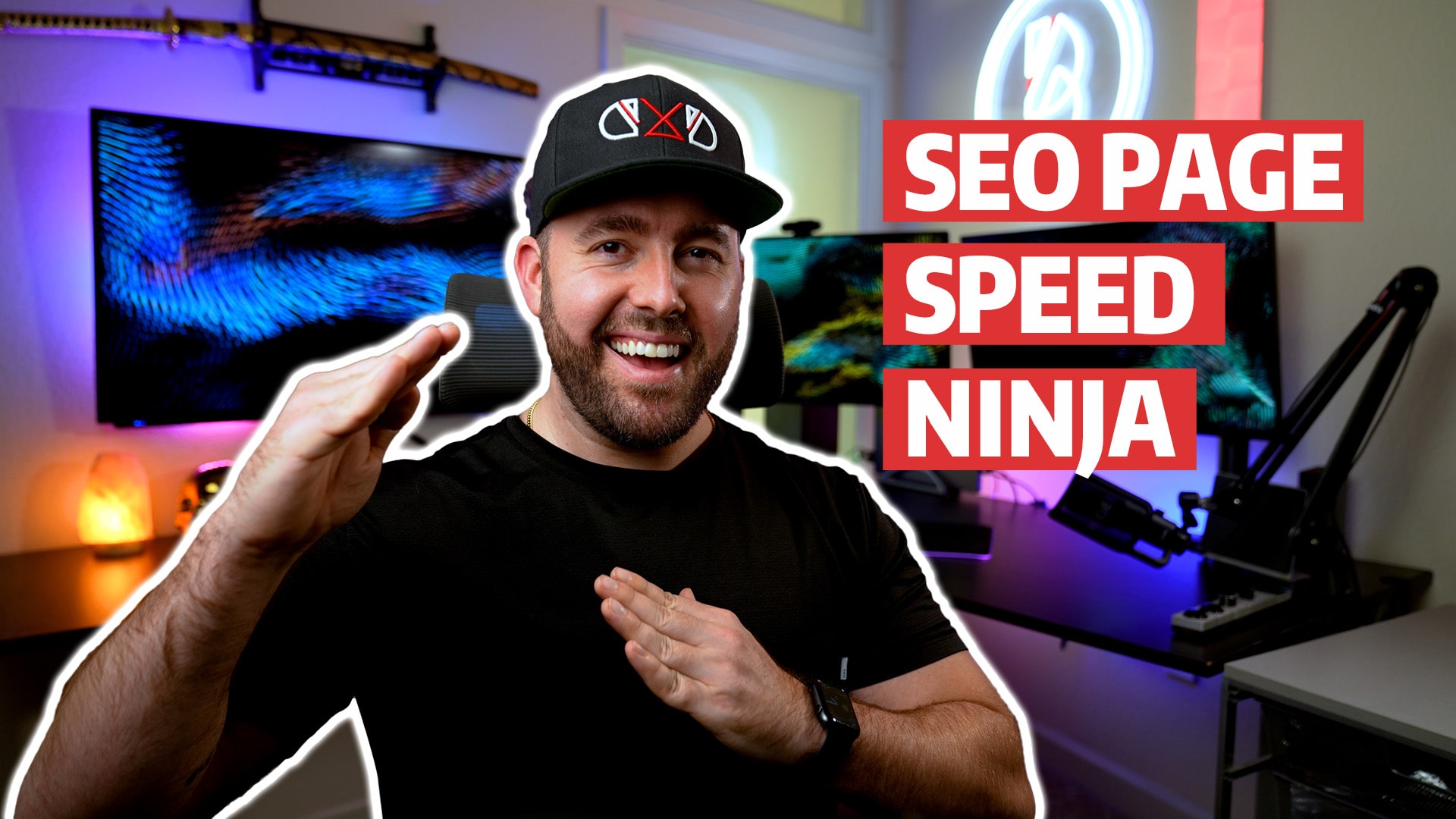Welcome to the world of short attention spans and finding your place within it! If you’ve heard of SEO, then it may surprise you to know that page speed is factored into the ranking process.
If you want to make sure that your visitors stick around, a speed between 0.3 to 3 seconds is what you should be after. Anything more, and it’s goodbye visitor.
Bounce rates effect SEO. The higher the bounce rate due to low page speed, the more your favorite search engines take notice, and rank you lower on the listings.
Page Speed
So, how do we test page speed exactly? We know of two excellent ways. Google Page Speed Insights and GTMetrix.
Google Page Speed Insights
Using this tool is simple. Copy your website page URL, whichever one you desire, paste it into the text box, and click analyze. You’ll then be granted access to a report, filled with information that’s relevant to resolving the issue.
GTMetrix
Pretty much the same as above. You can do multiple, either on the same page or for all of your pages, to get a bigger grasp over your entire sites’ page speed.
Top 5 Ways To Optimize For Website Speed
So, the problem is established. Now what about the fixing of said issue? The reports you’ve seen may seem daunting, but we can provide some simple ways to fix most of your issues!
1. Optimize Images
Are your images huge? Not visible size, but byte size. With anything, the bigger the size, the more effort is needed by a browser to download it and show it to you. Compress your images, or use a plug-in for whatever CMS you’re using.
WordPress has a collection of plug-ins that can do this for you upon installation, but it’s entirely up to you on if you want to manually do it or automate it. If time is a treasure, automate. If precision is the goal, then do it yourself!
2. Utilize A CDN
A CDN is difficult to explain in laymen terms, but we’ll try anyway. Essentially, when a visitor looks at your page for the first time, everything that was loaded now remains in the browsers cache, so it can reload quicker on the next visit.
Consider a CDN as a server that cache’s your page to begin with, and its physical position is closer to your visitor’s network, which reduces load speeds due to having to travel less through the internet. Complicated, I know, but the important thing is, your page will load faster for your visitors.
3. Keep Themes, Plugins & Platforms Up-To-Date
If you’re using a CMS like WordPress, you’ll be familiar with this already. If not, plug-ins are applications that you can slot into your website, without the need for code.
Why should you keep them updated? Browser technology advances regularly, and processor strain with it. Plug-ins update themselves to match these advances, to keep speeds consistent. If anything is outdated, your visitors will pay the price, and so will your bounce rate.
Your CMS will have the option to keep things updated automatically, so make sure to check your settings. It’ll save you a lot of time in the long run!
4. Minify JS & CSS Documents
JS stands for Javascript, and CSS stands for Cascading Style Sheet. They’re coding languages that handle specific things, and with any language, there’s probably more than needed for your website.
By minifying your JS & CSS documents, you lower the number of processes your visitors’ browser has to read, making it load faster. There are a ton of WordPress plug-ins that can do it for you, but if your site’s been built natively, you can use something like Minifier to get the job done for you.
5. Leverage Browser Caching
Browser caching is great, as it makes it so that any return visits to your website load pretty fast. Browsers save images, text fonts, and other static elements, so they don’t have to be downloaded again. Quick and easy!
Leveraging a browser cache gives you control of what is sent to a web browser, as not all browsers do this by default.
By using a plug-in or some code, you can ensure that the right information is sent to a visitor’s web browser, so you can focus on other ways to increase the speed of your pages.
Bonus Tips – JPEG, GIF, PNG? What’s the difference?
If you didn’t know already, the words above are acronyms for image formats. It’s important to know which is which, as not every format is suited for every situation!
JPEG
JPEG stands for “Joint Photographic Experts Group”, and is one of the most commonly used formats in the world. It’s a lossy format, which means that there’s a trade-off between quality and size.
In common use, the trade-off is usually decided for you, for ease of use, and for people who aren’t proficient in technology. Some pieces of software will let you control the output, like Photoshop.
As for the use in websites, JPEGs are better suited for photographs, or nature scenes, where colour isn’t too different, pixel to pixel.
GIF
When you think GIF, you think of moving images. But it wasn’t always the case. Back before PNG’s came onto the scene, static GIFs were common practice.
They still find use today, but for a specific purpose. They’re used for animations, or animated drawings, as they better represent the colours of the drawings, as they are sharp, unlike a landscape photo. Likewise, they’re also used for the above, moving images. But common use now is compressed video formats, as the technology has advanced to that point.
Use the GIF format for your animated drawings, or for UX purposes, like an arrow pointing at a specific button on your page.
PNG
PNG’s are extremely useful in modern web design, as they allow for a single colour in your image, picture, or photo, to be ignored. Imagine there’s a one colour background. Boom, your image is now transparent!
Outside of making an image transparent, PNG’s are a great format for illustrations, or fonts, that need their sharpness retained and in front of the visitor.
Use PNG’s if you’re exporting an image of a font, for a button, or for your logo.
Final Thoughts
Page speed is important for many reasons, both human and technological. Short attention spans are rampant, and you have to accommodate them before your visitors jump ship.
The methods we listed should remove most of the problems, but to remove them all, takes an expert on the matter. If the speed of your pages is truly letting you down, invest some of your budget in hiring someone who knows what they’re doing.
Not only will they have your website loading faster than a motorcar, your SEO will improve and bring in more people to see what’s going on with your site! We’ll see you soon!

